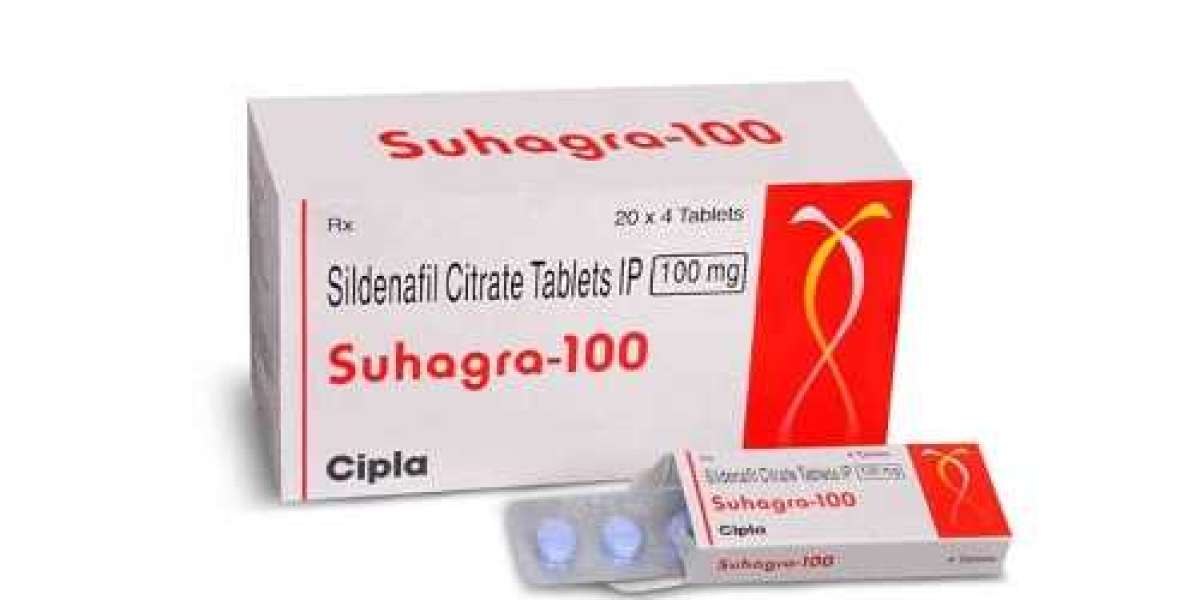Traditional Si power device
Nowadays, traditional Si power devices, including IGBTs and MOSFETs, are still the largest part of the market. IGBT is the key to many power electronic applications, and silicon MOSFET is a key component in a very wide range of low and medium power applications.
In 2020, the largest market segment for IGBTs is industrial applications and household appliances, followed by EV/HEV. In addition to EV/HEV, discrete IGBT and IGBT power modules can also be used in industrial motor drives and wind turbines. , Photovoltaic installations, trains, UPS, EV charging infrastructure and household appliances and other applications.
Although there are still many untapped potentials on the IGBT die, in order to reduce costs and better respond to the specific needs of a given application, many development efforts are now beginning to focus on IGBT device packaging for discrete devices and modules . Especially for high-power IGBT modules, innovative packaging solutions are increasingly used, such as copper wire bonding, reinforced ceramic substrates and silver sintered mold connections. Module thermal management design is increasingly aimed at specific inverter design and power optimization, especially in integrated systems. The trend of further integration of different systems in electric vehicles has also led to an integration trend in the supply chain, and car manufacturers are increasingly interested in increasing the integration of system and power module design and manufacturing.
In Si power MOSFETs, in 2020, the market value of silicon MOSFETs is 7.5 billion U.S. dollars. Yole predicts that the compound annual growth rate of MOSFET from 2020 to 2026 will be 3.8%. By 2026, the MOSFET market will reach 9.4 billion U.S. dollars, most of which will come from the consumer and automotive markets.
On the Si power device production line, manufacturers are now transitioning to the 300mm production line because 300mm wafer manufacturing can achieve higher device production capacity. In the introduction of 300mm lines for power devices, Infineon has taken the lead. In March 2021, Toshiba Japan also introduced a 300mm production line for the first time to produce IGBTs and MOSFETs. The investment in the production line is expected to be approximately 25 billion yen. Production is planned to start in 2023. The production capacity of these two power devices will be more than The current level is improved by about 1.2 times.
Accelerate the development of third-generation semiconductor SiC and GaN
This year, news about SiC production expansion one after another, the competition of SiC has become fierce. Manufacturers are all gearing up to prepare for the advent of SiC. (Introduction to SiC)
On August 26, according to Nikkei, Japan’s Fuji Electric will invest an additional 40 billion yen (US$365 million) to expand the production of power semiconductors. About 25 billion yen of the 40 billion additional funds will be used in the company The Malaysian plant in Malaysia started producing 8-inch silicon wafers, which will be more efficient than the 6-inch silicon wafers previously produced there. Fuji Electric plans to start production of power semiconductors in Malaysia around the fiscal year 2023, using clean rooms and other facilities that were vacated after hard disk media production stopped last month. The remaining 15 billion yen will be used for expansion elsewhere, including the company's Matsumoto plant in Japan. The 40 billion yen is based on the 120 billion yen designated by Fuji Electric in the four years before the 2022 fiscal year and is adjusted upward from the original time frame of the 2023 fiscal year to meet unexpectedly strong demand. Fuji Electric predicts that the sales of semiconductors, including power semiconductors, will increase by 53% in the fiscal year 2018 and reach 210 billion yen in the fiscal year 2023, the last year of its five-year plan.
Also recently, South Korean semiconductor wafer manufacturer SK Siltron announced plans to invest US$300 million in the Bay County plant. SK Siltron CSS produces special wafers made of silicon carbide that can be used for semiconductor power components in electric vehicles. In 2019, it acquired the silicon carbide wafer business in Michigan and established SK Siltron CSS as a US subsidiary.
The future of gallium oxide
In addition to Si power devices and popular third-generation semiconductors, the industry has also begun to show interest in gallium oxide (Ga2O3). Regarding gallium oxide, there have been many technical reports on "Gallium Oxide with Unlimited Potential". Gallium oxide is regarded as a newer generation of semiconductor materials. It is more efficient than previous electronic components, and it is also cheaper than SiC in terms of wafer prices. According to Fact.MR's research, compared with 2020, the value of the global gallium oxide market is expected to increase by 2.8 times in 2030. Among them, 5N grade (gallium oxide market grades are 4N, 5N, 6N) products account for nearly 66% of the global gallium oxide market, and will create an opportunity of 13.2 million US dollars by 2030. The types of gallium oxide products are mainly α-gallium oxide and β-gallium oxide, and β-gallium oxide substrates will dominate the product field, which is expected to reach 27.8 million US dollars by 2030.
According to Japanese gallium oxide company Novel Crystal Technology (NCT), β-gallium oxide is a new type of semiconductor power device material with a larger band gap energy than SiC and GaN. Therefore, it is likely to be used to manufacture high-voltage, low-resistance semiconductors. In addition, because it grows β-gallium oxide single crystal from the melt, its growth rate is faster than SiC and GaN, and its substrate process is also easy, so it can provide high-quality products to the market at low cost. Substrate.
In the research of gallium oxide, Japan is relatively leading, among which Tamura Corporation, Novel Crystal Technology, and Kyma Technologies are the leading gallium oxide suppliers. In 2012, Japan first achieved a breakthrough in 2-inch gallium oxide materials. On June 16 this year, Japanese semiconductor company Novel Crystal Technology (NCT) successfully mass-produced 100mm (4-inch) "gallium oxide" wafers for the first time in the world. This is the first time that gallium oxide wafers have been mass-produced globally.













